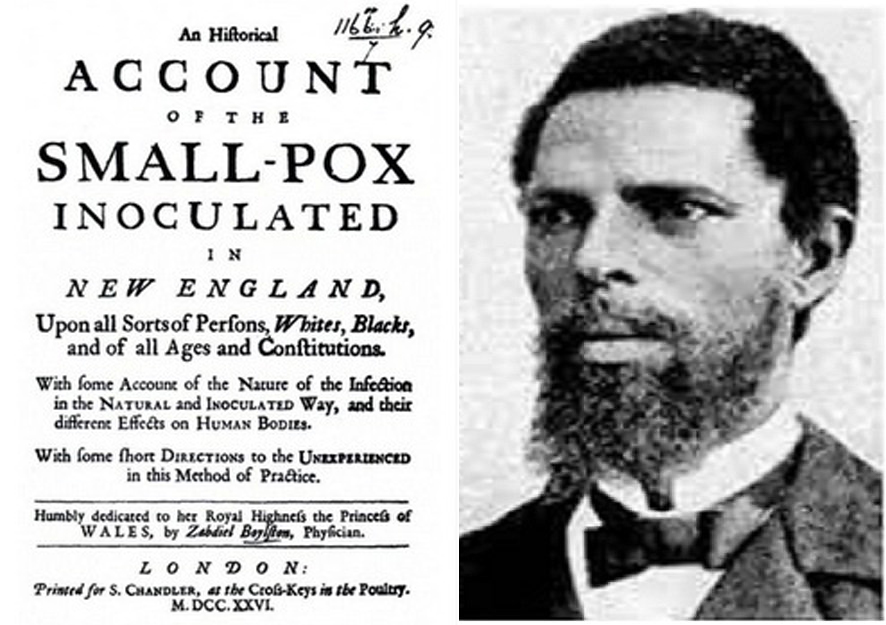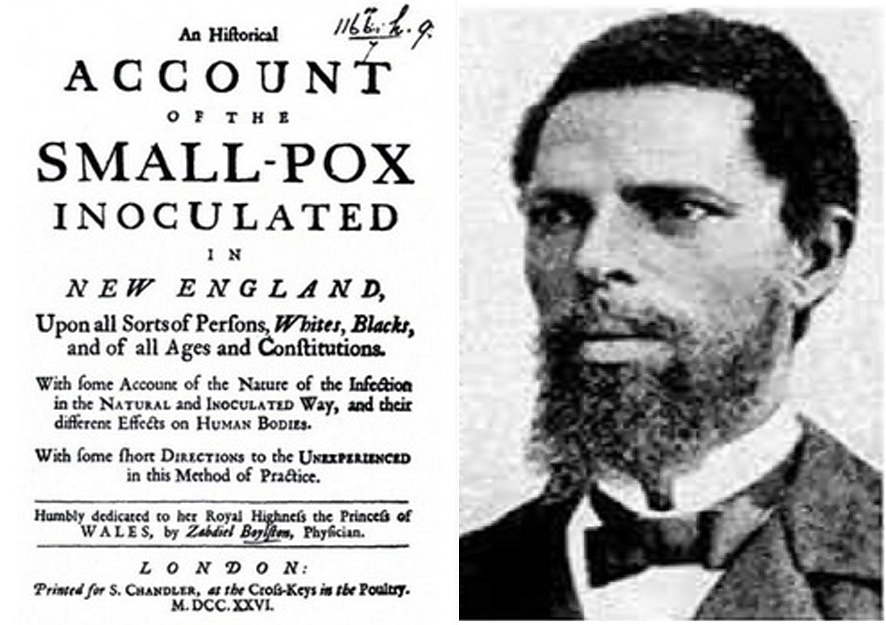[ad_1]
The National Newspaper Publishers Association (NNPA) has launched a global news feature series on the history, contemporary realities and implications of the Transatlantic Slave Trade. This is Part 10 in the series.
(Read the entire series: Slavery Part 1, Slavery Part 2, Slavery Part 3, Slavery Part 4, Slavery Part 5, Slavery Part 6, Slavery Part 7, Part 8, Part 9)
By Stacy M. Brown, NNPA Newswire Correspondent
@StacyBrownMedia
“I didn’t know I was a slave until I found out I couldn’t do the things I wanted.” — Frederick Douglass
“I am not ashamed of my grandparents for having been slaves. I am only ashamed of myself for having at one time been ashamed.” — Ralph Ellison
As another Black History Month approaches, the observance of Black Excellence, Black Girl Magic, Black Power and other invigorating movements of the African American begins to take center stage.
From Dr. Martin Luther King Jr., to Malcolm X and also many of the world’s greatest Black athletes and entertainers, the country celebrates their achievements.
While some may never tire of hearing about the greatness of Civil Rights leaders, famous black athletes and renowned entertainers, Black History Month also represents a time to focus on the unsung.
“I’d like to read about people who made impacts but are not entertainers, musicians, and those we hear about every Black History Month,” said Kisha A. Brown, the founder and CEO of Justis Connection, a service that connects the top legal talent of color to local communities.

“The Black Press is an aspect of the fabric of the Black existence in America that is not getting enough attention or support from the community. We rally to support athletes and artists who are ‘wronged’ by the system, but we fail to honor is the voice of the Black Press that has been capturing our stories for centuries,” Brown said.
“Long before Black Twitter and online blogs, and so the Black Press is not only an essential voice but it is also a historical and cultural archaeological goldmine that we must preserve,” she said.
In an email, Laurie Endicott Thomas, the author of “No More Measles: The Truth About Vaccines and Your Health,” said the most important person in the history of American medicine was an enslaved African whose real name we do not know.
“His slave name was Onesimus, which means useful in Latin. The Biblical Onesmius ran away from slavery but was persuaded to return to his master,” Thomas said.
“The African-American Onesimus was the person who introduced the practice of immunization against smallpox to North America. This immunization process was called variolation because it involved real smallpox. Variolation led to sharp decreases in the death rate from smallpox and an important decrease in overall death rates,” she said.
Thomas’ thoughts jelled with a Harvard University study and a Boston WGHB report from 2016 which noted that after 150 years, Jack Daniels finally came clean that its famed whisky recipe came courtesy of a Tennessee slave.
“This is – of course – by no means the only example of a slave’s contribution to American industry and culture being, at worst, stolen and, at best, minimized or completely forgotten. There was Baltimore slave Benjamin Bradley’s steam engine.
“And a Mississippi slave known only as Ned’s cotton scraper. And then, there was Boston’s own Onesimus.
“While Massachusetts was among the first states to abolish slavery, it was also one of the first to embrace it. In 1720’s Boston, buying a human being was apparently an appropriate way thank to your local man of God.”
“He was presented to Cotton Mather by his congregation as a gift, which is, of course, extremely troubling,” Brown University history professor Ted Widmer told WGHB.
Cotton Mather was a true puritan. A towering if controversial figure, especially following the Salem witch hysteria to which his preaching and writings greatly contributed.
“Mather was interested in his slave whom he called Onesimus which was the name of a slave belonging to St. Paul in the Bible,” explained Widmer.
Described by Mather as a “pretty intelligent fellow,” Onesimus had a small scar on his arm, which he explained to Mather was why he had no fear of the era’s single deadliest disease: smallpox.
“Mather was fascinated by what Onesimus knew of inoculation practices back in Africa where he was from,” said Widmer.
Viewed mainly with suspicion by the few Europeans’ of the era who were even aware of inoculation, it’s benefits were known at the time in places in places like China, Turkey and Onesimus’ native West Africa.
“Our way of thinking of the world is often not accurate,” said Widmer. “For centuries Europe was behind other parts of the world in its medical practices.”
Bostonians like Mather were no strangers to smallpox.
Outbreaks in 1690 and 1702 had devastated the colonial city. And Widmer says Mather took a keen interest in Onesimus’ understanding of how the inoculation was done.
“They would take a small amount of a similar disease, sometimes cowpox, and they would open a cut and put a little drop of the disease into the bloodstream,” explained Widmer.
“And they knew that that was a way of developing resistance to it.”
The Harvard University report further cemented what Onesimus accomplished after a smallpox outbreak once again gripped Boston in 1721.
Although inoculation was already common in certain parts of the world by the early 18th century, it was only just beginning to be discussed in England and colonial America, according to researchers.
Mather is largely credited with introducing inoculation to the colonies and doing a great deal to promote the use of this method as standard for smallpox prevention during the 1721 epidemic, Harvard authors wrote.
Then, they noted: Mather is believed to have first learned about inoculation from his West African slave Onesimus, writing, “he told me that he had undergone the operation which had given something of the smallpox and would forever preserve him from it, adding that was often used in West Africa.’’
After confirming this account with other West African slaves and reading of similar methods being performed in Turkey, Mather became an avid proponent of inoculation.
When the 1721 smallpox epidemic struck Boston, Mather took the opportunity to campaign for the systematic application of inoculation.
What followed was a fierce public debate, but also one of the first widespread and well-documented uses of inoculation to combat such an epidemic in the West.
“A few people who got inoculated did die. But roughly one in 40 did, and roughly one in seven members of the general population dies, so you had a much worse chance of surviving small pox if you did nothing,” according to WGHB’s research.
Mather and Boylston both wrote about their findings, which were circulated at home and impressed the scientific elite in London, adding invaluable data at a crucial time that helped lay the groundwork for Edward Jenner’s famed first smallpox vaccine 75 years later.
“Even though most of the city was on the wrong side and didn’t want inoculation to happen they were smart enough to realize afterward that they had been wrong,” Widmer said. “And so, there was a higher level of respect for science going forward.”
The scourge of slavery would continue in Massachusetts for another 60 years, but as for the man whose knowledge sparked the breakthrough…
“Onesimus was recognized as the savior of a lot of Bostonians and was admired and then was emancipated,” Widmer said. “Onesimus was a hero. He gave of his knowledge freely and was himself freed.”
Thomas, who has worked as an editor in medical and academic publishing for more than 25 years, added that it’s important for African Americans to understand that immunizations were originally an African practice that Africans brought with them to America.
“Since then, African Americans played an important role in making vaccines safer and more effective,” she said, noting that an African American woman scientist named Loney Gordon played a key role in the development of the vaccine against whooping cough – or pertussis.
[ad_2]
Source link


